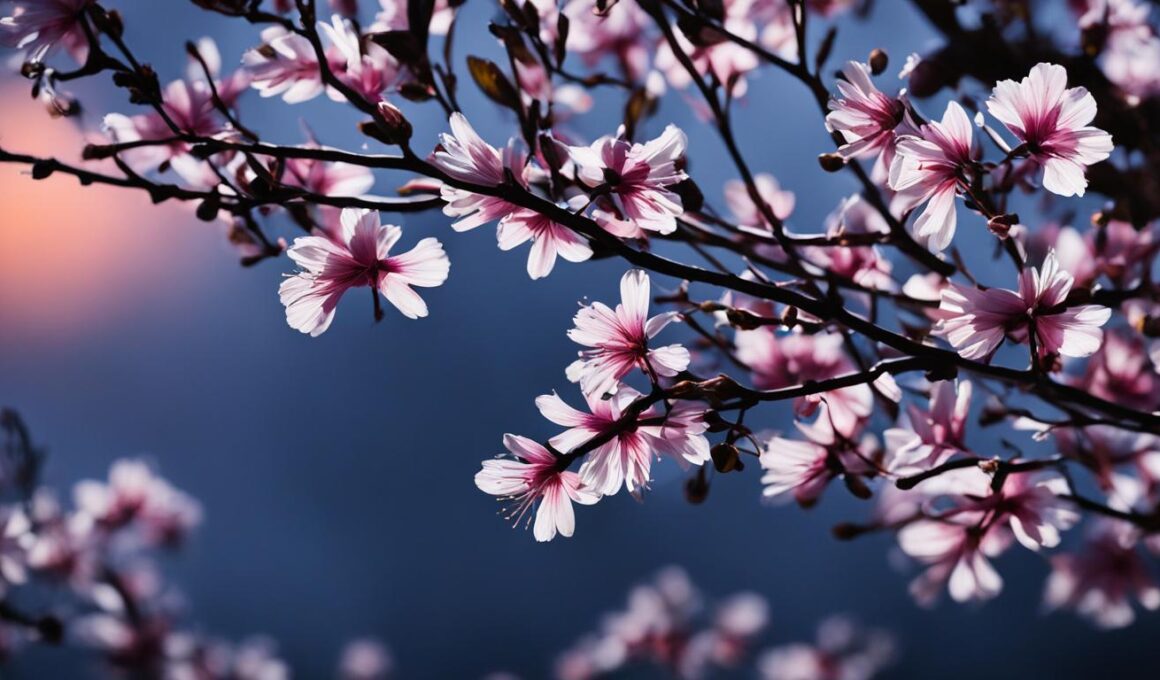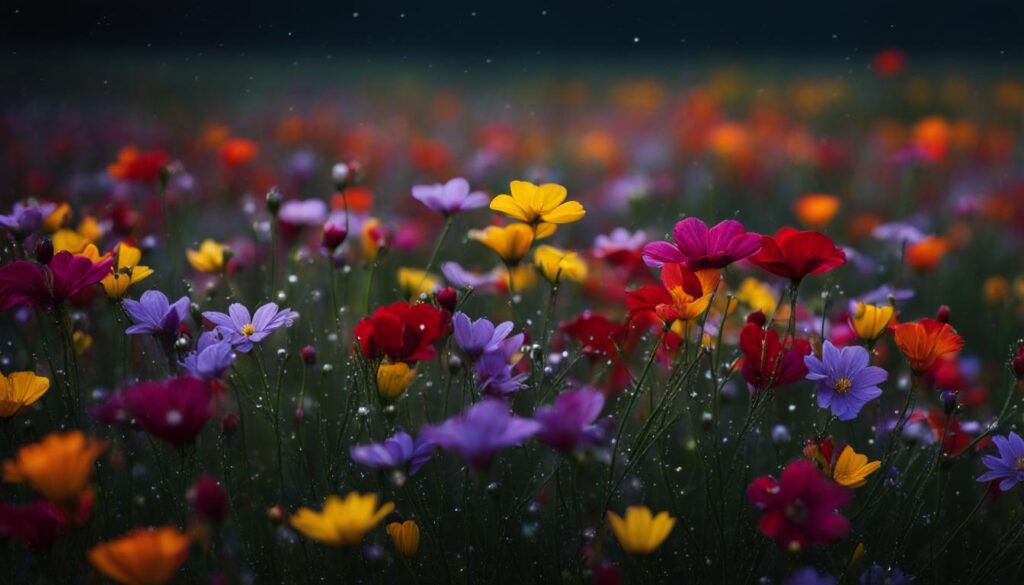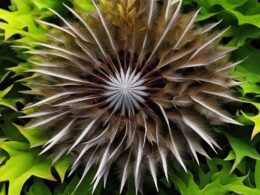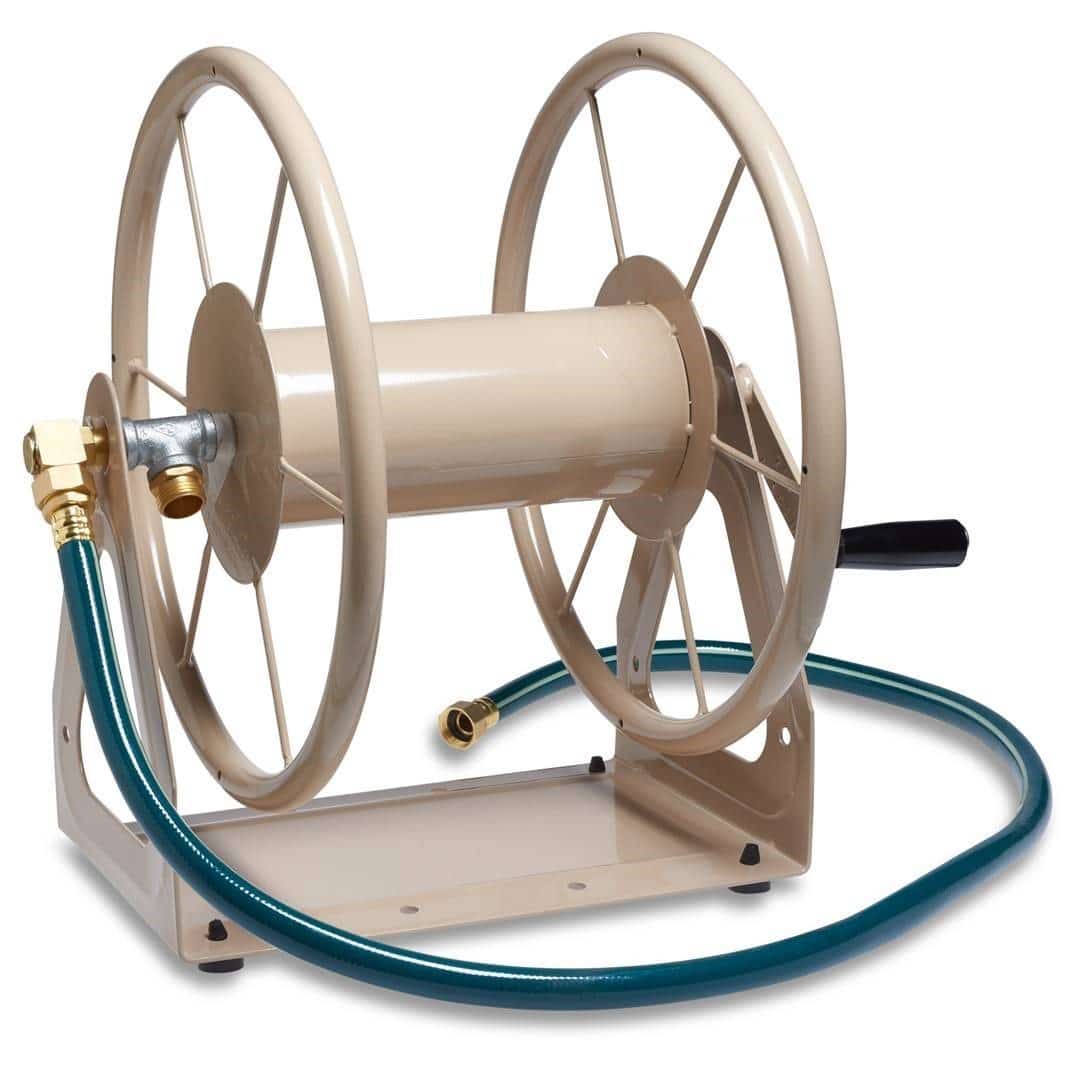Have you ever wondered why some flowers seem to come alive at night, their petals gently folding and closing as darkness falls? This intriguing behavior, known as nyctinasty, is a rhythmic opening and closing phenomenon that occurs in certain flowers in response to environmental stimuli, particularly light or darkness.
Nyctinasty is a captivating adaptation that can be observed in a variety of flowers, each with its own unique way of responding to the day and night cycle. African daisies, scientifically known as Arctotis spp., showcase this behavior by opening and closing their vibrant petals in response to changes in light and darkness.
Similarly, Crocus vernus, or crocus flowers, gracefully open up in warm weather and close when the temperature drops, creating a stunning display of rhythmic movement in your garden. Dandelions, scientifically known as Taraxacum officinale, also join the nocturnal dance by partially or wholly closing their petals during cloudy or rainy weather or in the absence of direct sunlight, typically in the late evening or nighttime.
Other flowers that exhibit nyctinasty include Oenothera ‘Pink Petticoats’, or evening primroses, which open in the evening or during low light conditions and close during daylight hours. Gazanias, scientifically known as Gazania spp., have a fascinating behavior called heliotropism, where their flowers track the movement of the sun and close when the light is low.
Kalanchoe spp., lotus flowers (Nelumbo nucifera), morning glory flowers (Ipomoea spp.), poppy flowers (Papaver spp.), sunflowers (Helianthus annuus), tulip flowers (Tulipa spp.), and water lily flowers (Nymphaea spp.) are just a few more examples of nature’s nocturnal performers. Each one responds to the day and night cycle in its own intricate way, showcasing the wonders of nyctinasty.
Why Do Some Flowers Close at Night?
The phenomenon of flowers closing at night, known as nyctinasty, serves various purposes in the plant kingdom. Flowers and pollinators have co-evolved through millions of years, resulting in reciprocal adaptations. Different flowers have developed specific structures to accommodate particular pollinators.
Diurnal pollinators, such as bees, butterflies, hummingbirds, and other birds, are active during the day. Nocturnal pollinators, including bats, moths, and many insect species, are active at night. Flowers that close at night effectively restrict pollinator access during the evening hours, as their specific pollinators are active only during the day.
- This behavior prevents the exposure of precious pollen during inactive periods when there are no pollinators to fertilize the flowers.
- Furthermore, the nighttime environment poses risks that can reduce the fertility of the flowers if they remain open, such as heavy dew, rain, and frost. By closing at night, these flowers protect their reproductive structures and preserve their pollen for efficient pollination when the appropriate pollinators are active.
By closing their petals at night, these flowers ensure that their pollen delivery structures are safeguarded and ready for their specific pollinators to achieve successful fertilization. This intricate adaptation to environmental factors not only optimizes the flowers’ chances of successful pollination but also contributes to the preservation of their fertility.
Pollinators and Closing Behavior
As mentioned earlier, flowers have evolved alongside different pollinators, adapting their structures and behaviors to accommodate specific species. Flowers that close at night align their opening and closing timings with the activity patterns of their respective pollinators.
- Diurnal pollinators, active during the day, are attracted to flowers that remain open and accessible during daylight hours.
- Nocturnal pollinators, on the other hand, rely on flowers that open up and release their scent and nectar during the night when they are most active.
This synchronization between flowers and pollinators ensures that the right pollinators are present when the flowers open, increasing the efficiency and accuracy of pollen transfer.
Preserving Pollen and Reproductive Structures
By closing their petals at night, flowers prevent the loss or wastage of pollen. Inactive periods, such as nighttime when specific pollinators are not present, may result in pollen being exposed to environmental factors without the possibility of reaching its intended recipients.
Environmental factors like heavy dew, rain, and frost can compromise the quality and viability of pollen. By closing at night, flowers protect their reproductive structures, including stigma, stamen, and pistil, from potential damage caused by these factors, ensuring that their pollen remains intact and viable for successful fertilization.
Conclusion
Flowers that close at night, through the mechanism of nyctinasty, exhibit a fascinating response to environmental stimuli, specifically light or darkness. This adaptive behavior allows them to open and close rhythmically, showcasing their unique character. By closing at night, these flowers effectively restrict pollinator access during inactive hours, ensuring that scarce pollen is preserved and efficiently utilized for pollination when their specific pollinators are active during the day.
In addition to pollen preservation, the nyctinastic behavior of these flowers serves to safeguard their reproductive structures from potential risks posed by environmental factors such as heavy dew, rain, and frost. By closing their petals at night, these flowers protect their fertility, ensuring successful reproduction and the perpetuation of their species. This adaptive trait illustrates the intricate relationship between flowers and their pollinators, developed through millions of years of coevolution and resulting in specific adaptations to optimize reproductive success.
As darkness descends, these flowers transform your garden into a magical landscape, enchanting observers with their vibrant colors and intriguing nyctinastic behavior. Witnessing the opening and closing of these flowers in response to the light and darkness of day and night is a testament to the beauty and resilience of nature. So, as you enjoy the beauty of your garden, take a moment to appreciate the wondrous phenomenon of flowers that close at night and the intricate dance they perform with their pollinators.
Are there any flowers that close at night that would be a good addition to a vibrant garden with orange flowers?
Yes, there are several flowers that close at night and would be a good addition to a vibrant garden with orange flowers. One such option is the evening primrose, known for its delicate blooms and nighttime closing behavior. Another possibility is the vibrant orange flower bush, which adds a striking pop of color to any garden.










